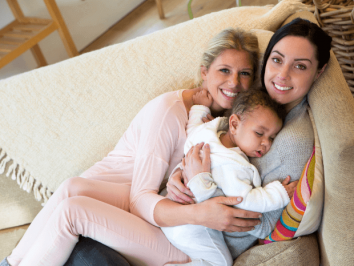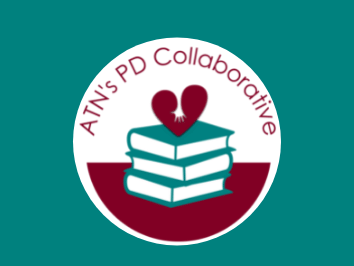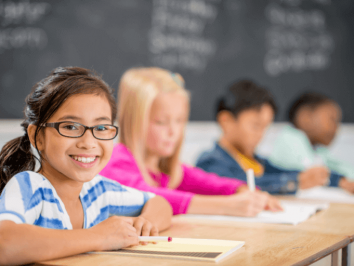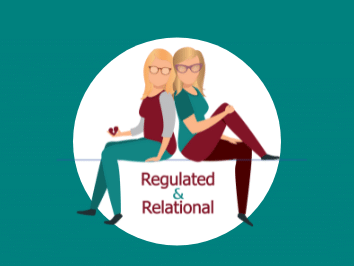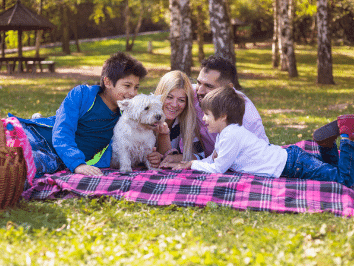Understanding Attachment
Attachment & Trauma Resources
EMPOWERING TRAUMA-INFORMED FAMILIES, SCHOOLS, AND COMMUNITIES
What is ATTACHMENT?
Attachment can be defined as a reciprocal relationship. In parenting (or child development) it generally refers to the relationship that develops first between the infant/child and his primary caregiver (often Mother). The quality of this attachment impacts the child’s physical, emotional, psychological and cognitive development. The quality of this primary relationship shapes the child’s basic ability to trust and how positively or negatively he views the world, himself and others. The quality of this first attachment impacts all other relationships.
When an infant experiences consistent care where his/her needs are met, he/she internalizes three things:
- I am safe
- I am heard
- I am valuable
With this as the foundation, a child can then develop other healthy relationships.
Psychoanalyst John Bowlby is considered the father of modern attachment theory. His definition of attachment is “the affectional tie between two people”. It begins with the bond between the infant and mother. This bond then represents how the child’s life relationships will be formed.
Bowlby stated, “The initial relationship between self and others serves as a blueprint for all future relationships.”
The importance of attachment affects more than just future healthy relationships. It also impacts a child’s ability to self-regulate. When an infant’s needs are met by a nurturing primary caregiver (mother), the infant’s emotional dysregulation is calmed. Over many repetitions of an infant feeling stress, expressing distress and receiving a nurturing response, the child is able to integrate this pattern as self-soothing during stressful times. This is important as the child matures into an adult who is able to handle disappointments, opposition and stressful situations by remaining regulated.
New research into attachment shows that there is a neurological and sensory link as well. Activities often attributed to “normal” parenting of an infant, such a rocking, bouncing, swinging, patting (burping) an infant activate the baby’s sensory system, and the positive sensory input becomes connected to the nurturing acts. Experts in neurodevelopment and sensory integration can show actual changes in the brain’s development due to this input or lack thereof. Children who have not had normal sensory input are at increased risk of not only attachment difficulties, but learning delays, social impairment and having a difficult time with change.
Stress chemicals, such as cortisol and adrenaline, can severely affect an infant’s brain development. So, the infant’s brain chemistry, specifically in utero and during the first year, can have a significant impact on the child’s ability to attach. Neurological research actually shows visible signs of difference in size and structure of healthy infant brains and those of infants who have been neglected or abused.
Links:
The Origins of Attachment Theory – a paper about John Bowlby and Mary Ainsworth and their work.
What is Attachment Theory? from About Psychology website
Serve and Return – a key concept from the Center for the Developing Child, Harvard University
Getting attached: Parental attachment and child development – blog from Brookings Institution, April 2015
The Importance of Early Childhood and Relationships – A 2013 Chicago’s Idea Talk – Dr. Bruce Perry (video)
Looking for Attachment-Focused Therapists? Check out ATN’s Resource Directory
More on Attachment

You Don’t Know What You Don’t Know
“You don’t know what you don’t know” In my parent group for those whose children think differently, a favorite phrase is “you don’t know what

Two Words: Attachment Insecurity
Trying to do everything right I never imagined that two words, “attachment insecurity,” could have such a distressing and at the same time life-affirming effect

Rehoming: Who’s to Blame?
The story By now you may have read the headlines such as “YouTuber Myka Stauffer Reveals Adoption Dissolution 2 Years After Welcoming Son Home from

Rupture and Repair: Emotions, Attunement, and Attachment
“Why do some children become sad, withdrawn, insecure, or angry, whereas others become happy, curious, affectionate, and self-confident?” developmental psychologist Edward Tronick, Ph.D. asked in a
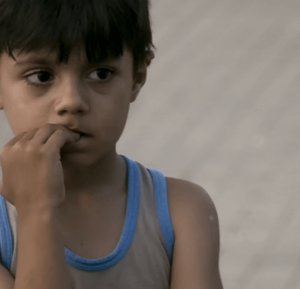
7 Ways to Help a Child Deal with Traumatic Stress
Humans are wired for connection and thrive in conditions of safety and security. When safety and security are compromised, we must do everything we can to restore a child’s felt sense of safety and security as fast as possible.

ATN: The Power of Community
[N]ext week, I will speak for the second time at the Creating Trauma Sensitive Schools Conference, where my topic will be “Behavior through the Lens of Attachment, Trauma, and Dissociation.”

Surprised by Attachment: Time
–by Nicole Pritchard [originally published on the author’s own blog, Coffee-Colored Sofa on March 2, 2017] This forms part of a series called “Surprised by

The Greatest Christmas Gift
A few years ago, my parents flew out from Wisconsin to visit for Christmas. Because they only make it out to California to see us
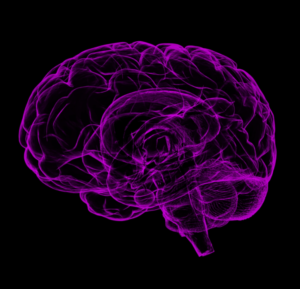
ACEs and Toxic Stress: How We Can Heal Children’s Brains
As a trauma and emotion-centered psychotherapist, I am relieved that children are now being screened for toxic stress. Thinking about mental health as a byproduct
ATN Resources
Parenting
Therapeutic Parenting - Empowering Trauma-Informed, Attachment-Focused Caregiving
Schools
Creating School-wide Trauma-Informed Reform led by Trauma-Focused Educators
Resource Directory
A comprehensive online directory of trauma-informed, attachment-focused helping professionals
PD Collaborative
Are you seeking trauma-informed Professional Development Training or Consultations for your School?
TSS Conference
Annual Creating Trauma Sensitive Schools Conference.
Podcast
Listen to our Bi-monthly Podcast on Trauma-Informed and Therapeutic Strategies
Shop ATN
Shop for resources and tools to empower and support children, families, schools and communities
Get Involved
Join ATN - Together we can end the silence around childhood trauma!
